Includes per person per stay:
- 4 x overnight accommodations
- 4 x breakfast buffet
- 4 x 2-course menu with coffee and sweet (chef's choice)
4.87934361826844 of 5 Stars
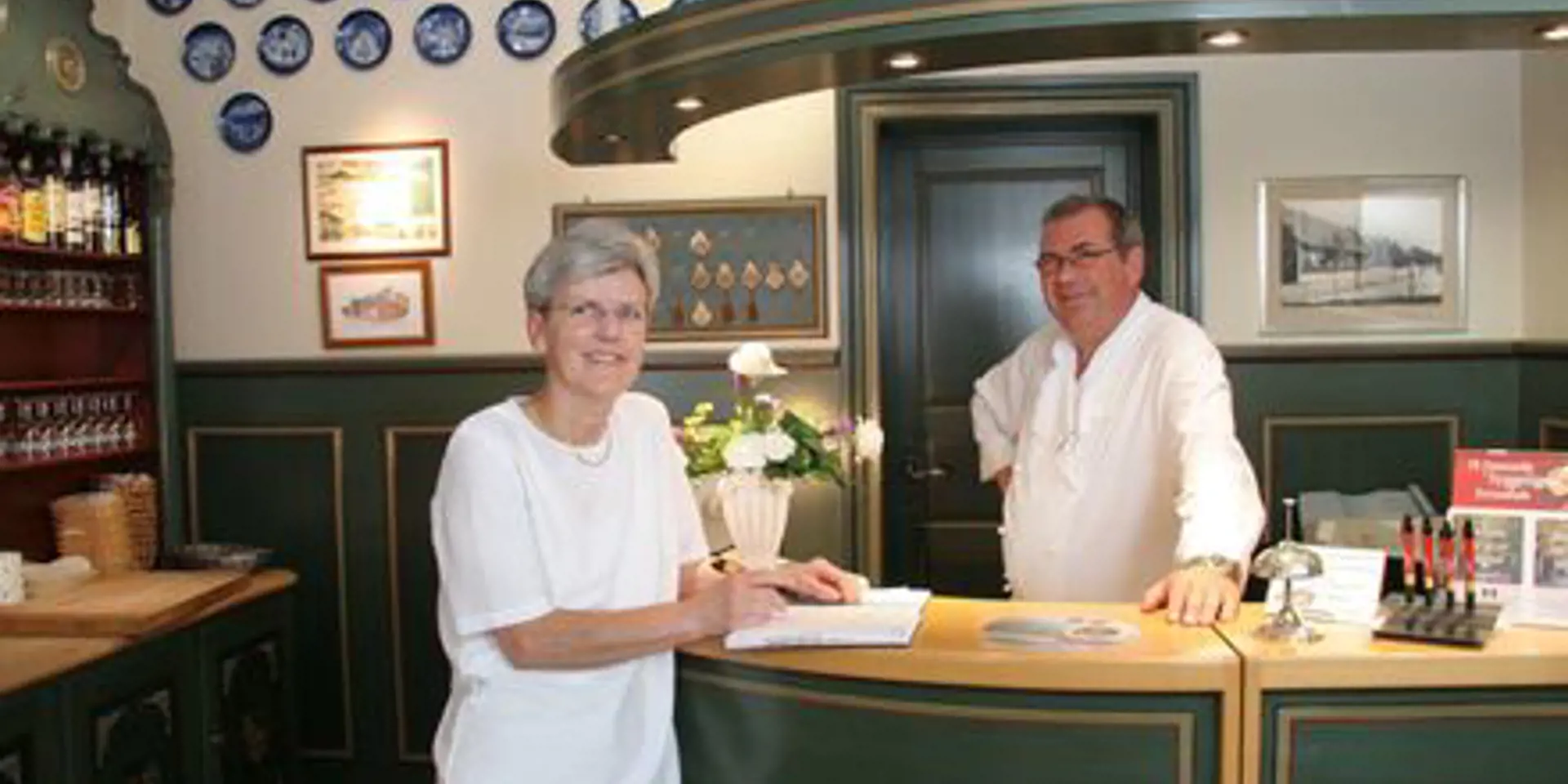
Includes per person per stay:
Click the "See calendar and prices" button to choose dates and see the room selection.
See calendar and prices: Mini break 5 daysHovedgaden 3, 6534 Agerskov
Show map
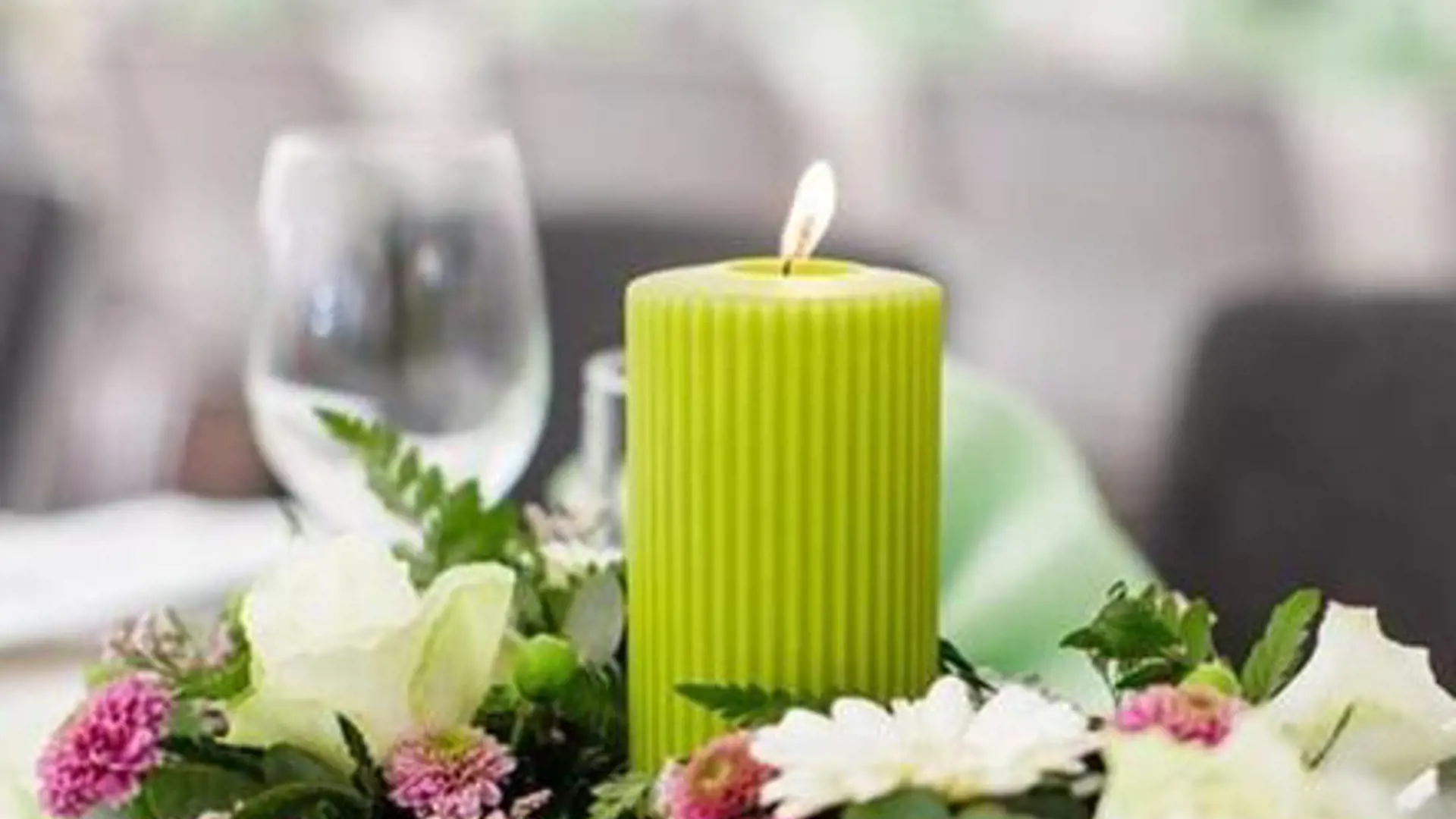
6 days/ 5 nights
Includes per person per stay:
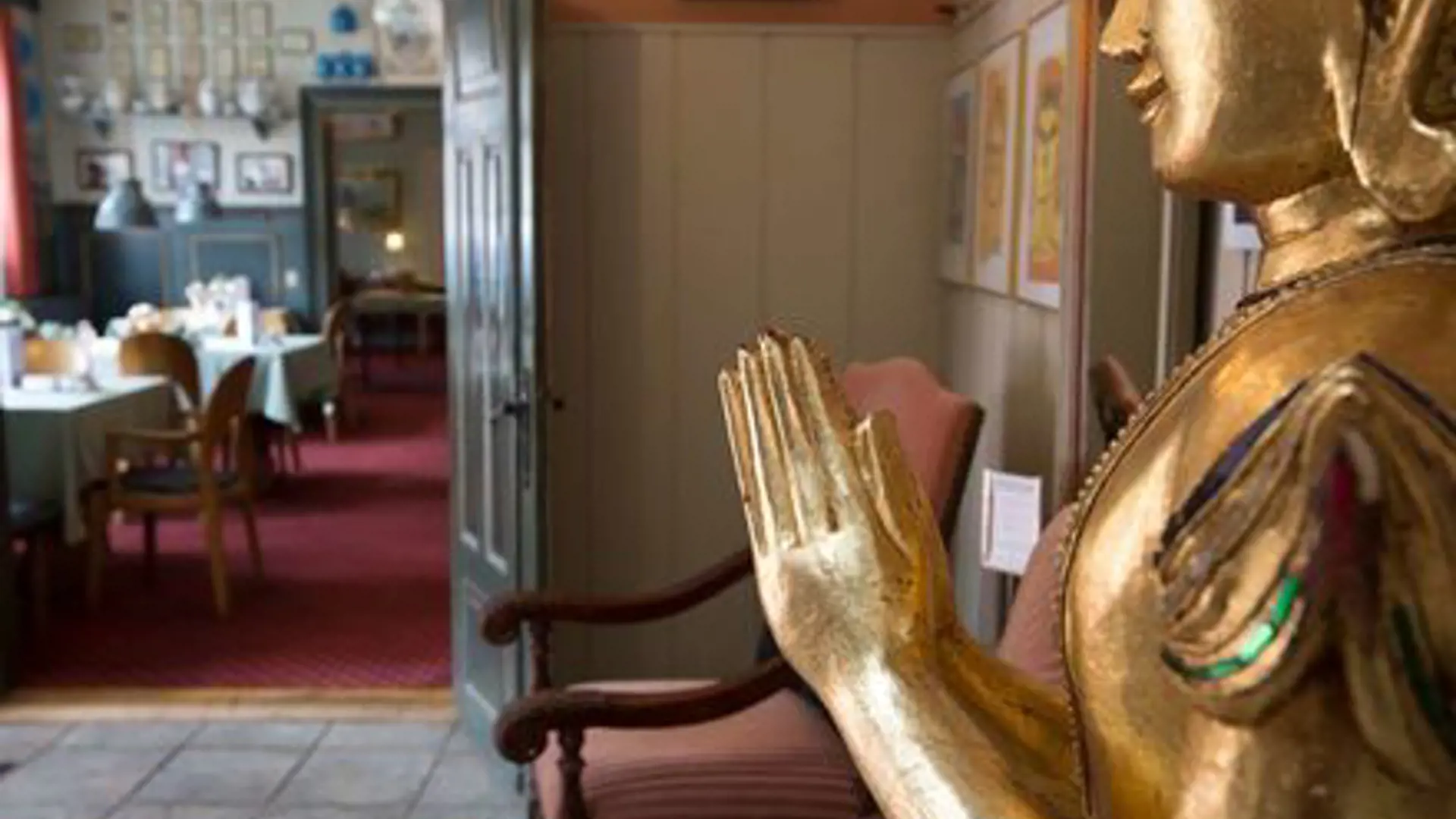
4 days/ 3 nights
Includes per person per stay:
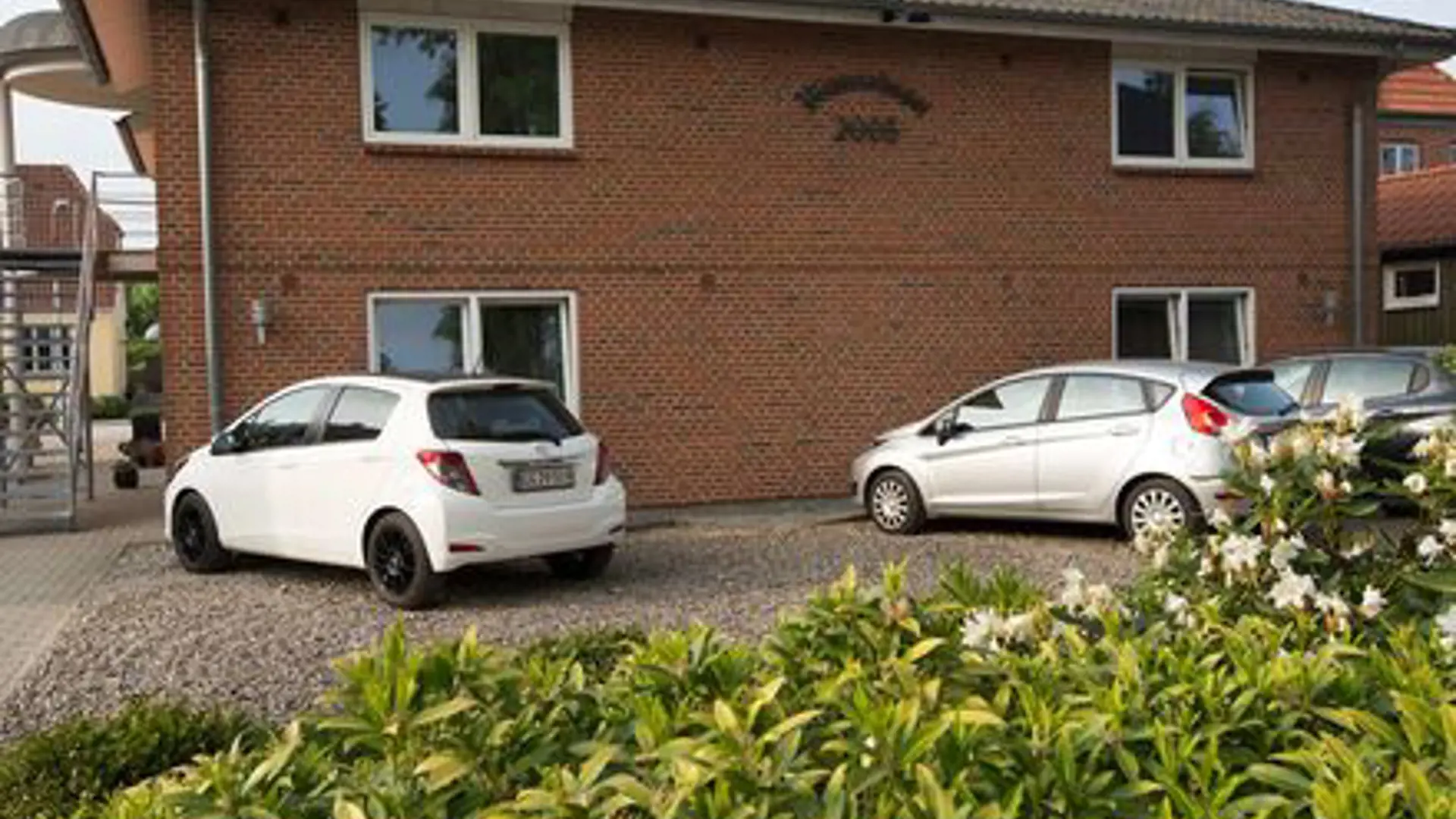
3 days/ 2 nights
Includes per person per stay:
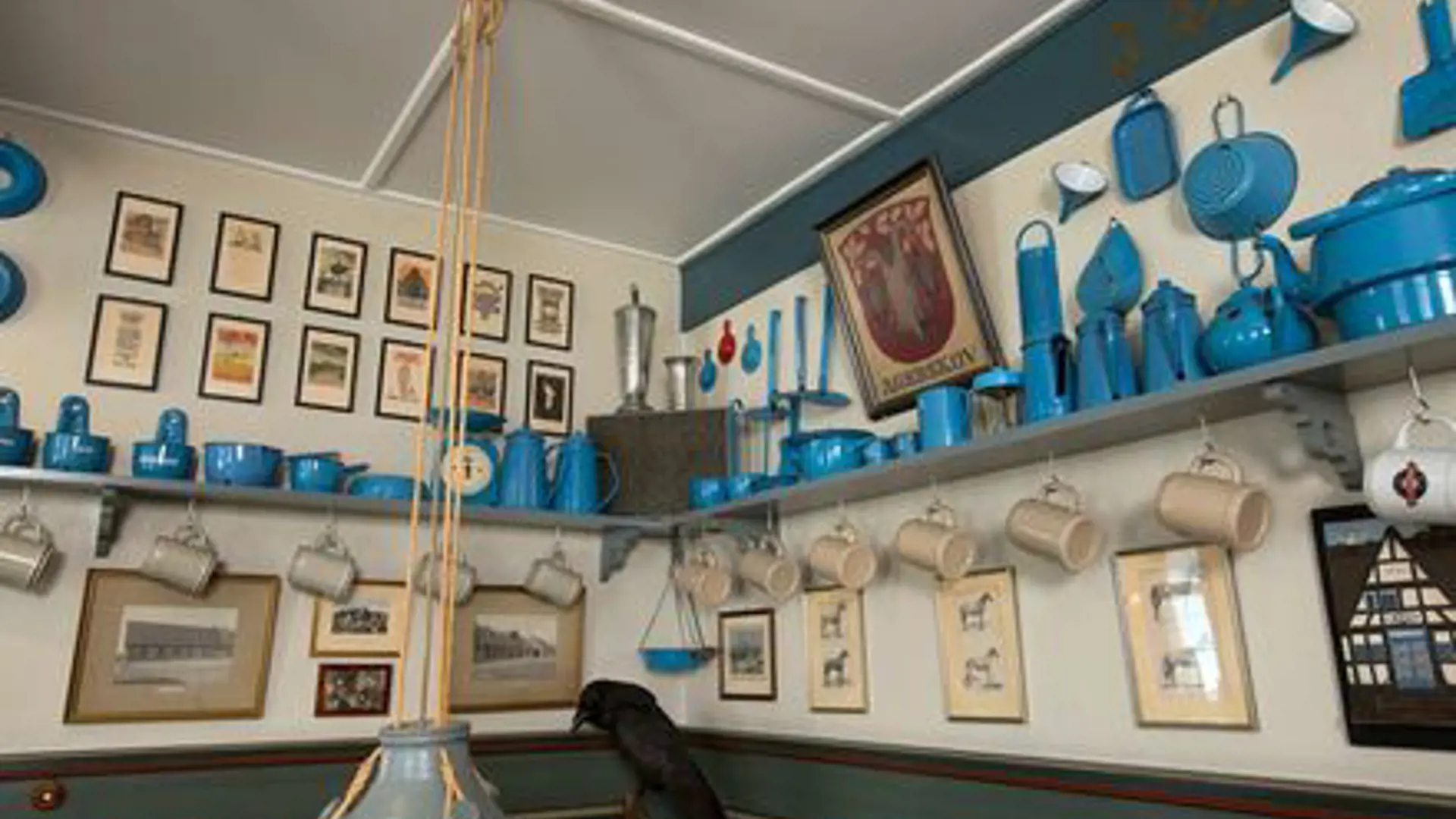
2 days/ 1 night
Includes per person per stay:
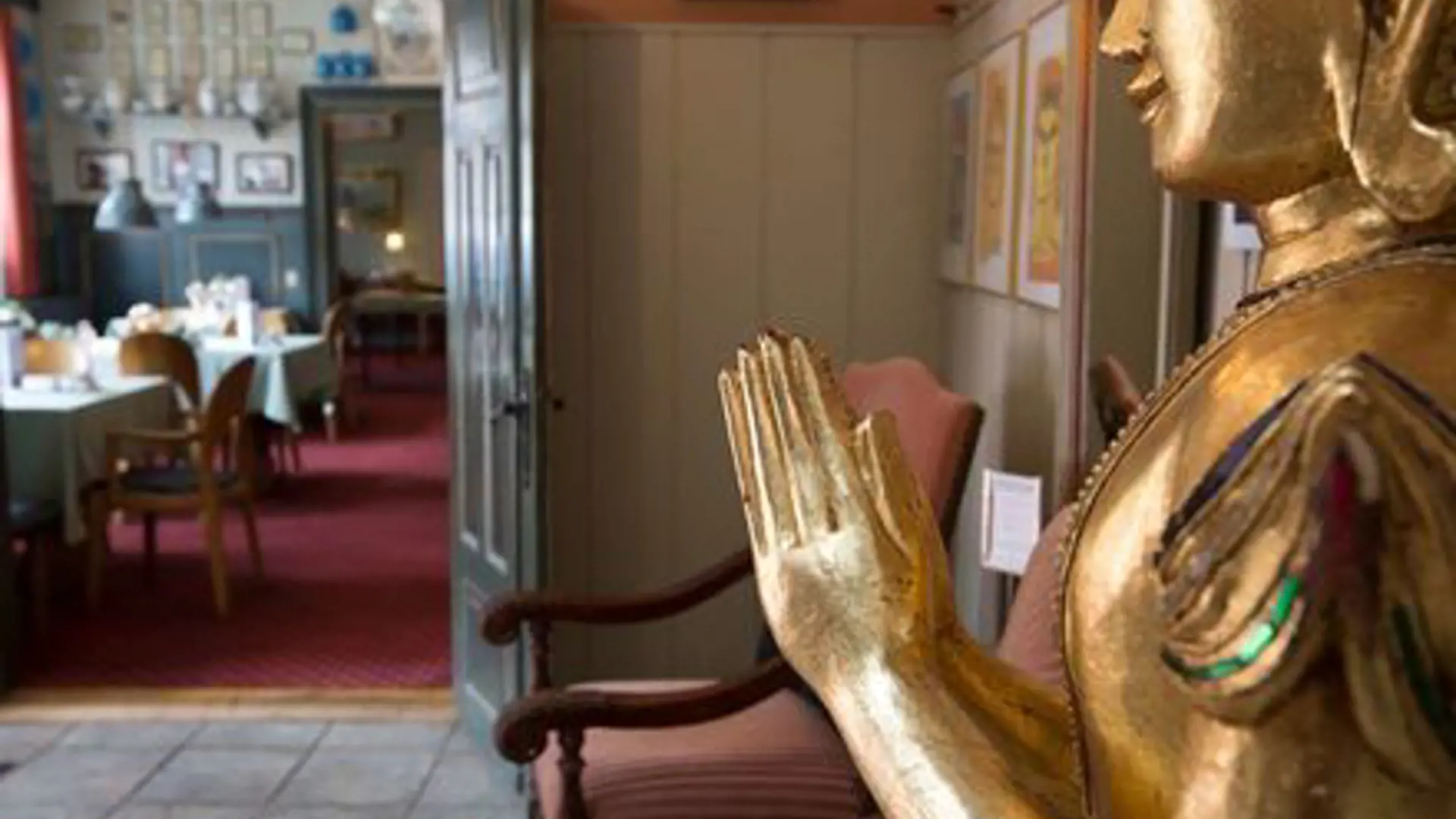
5 days/ 4 nights
Includes per person per stay:
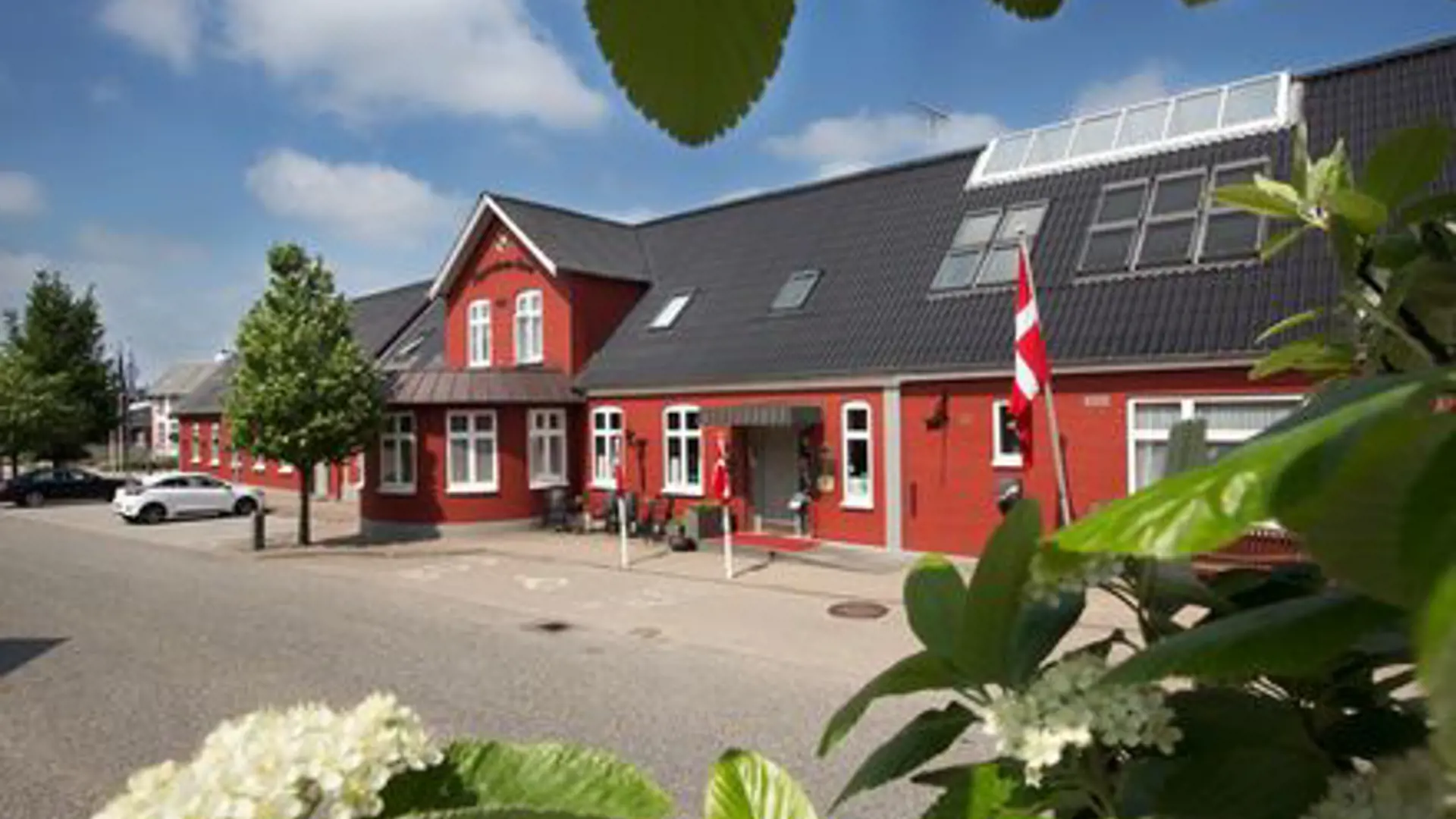
4 days/ 3 nights
Includes per person per stay:
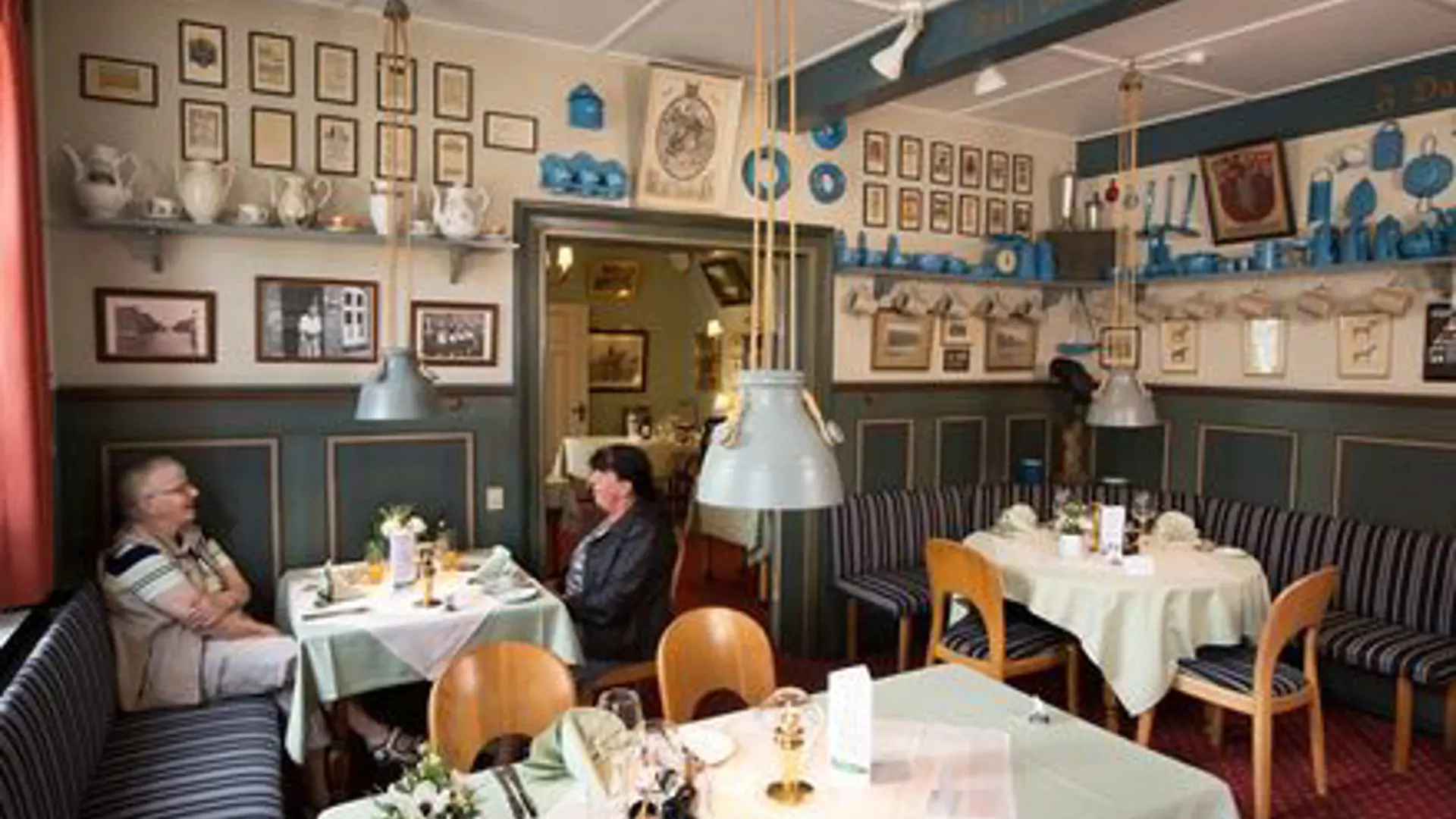
3 days/ 2 nights
Includes per person per stay:

Arrival from 02.01.2025
Includes per person per stay:
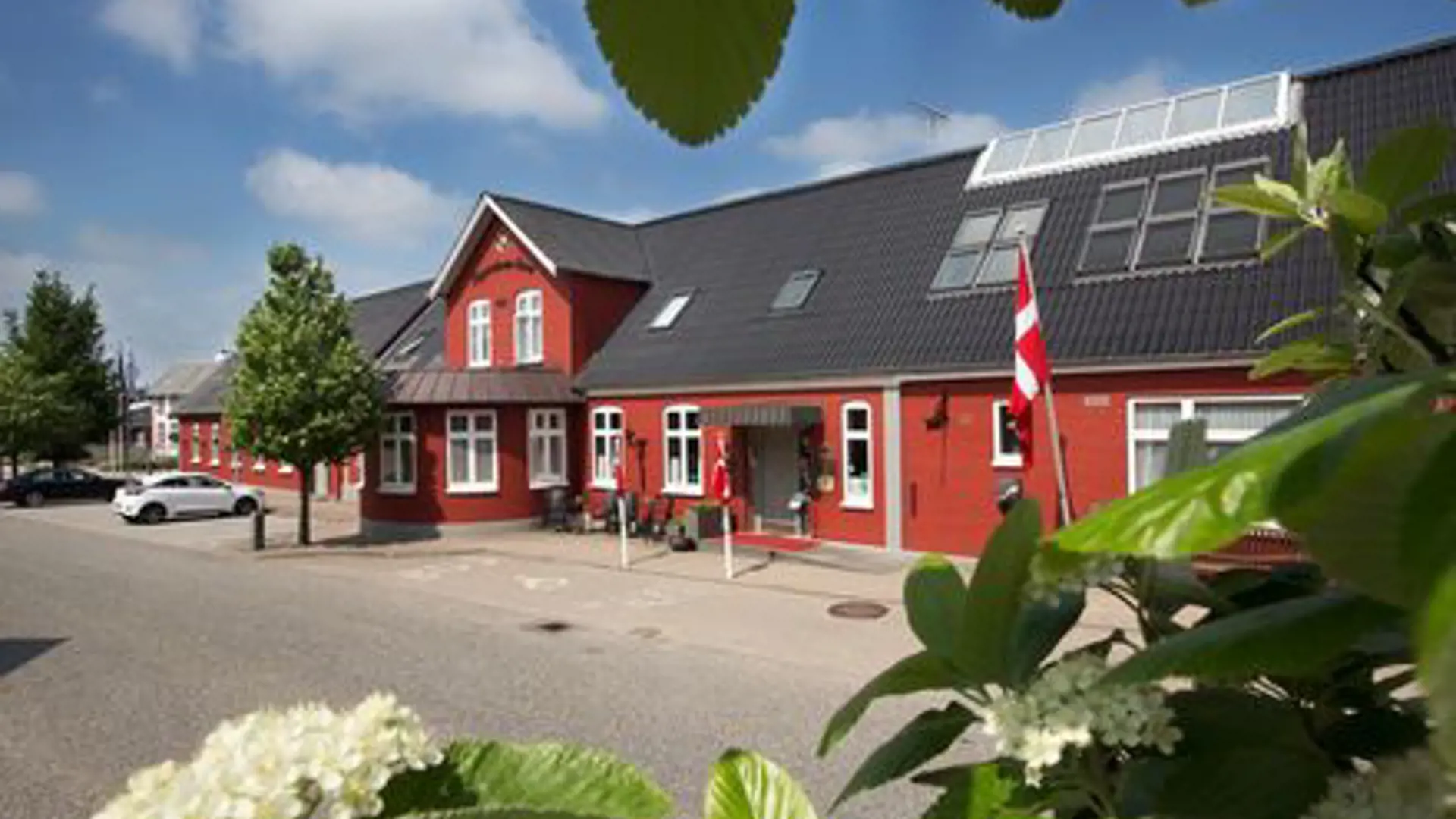
3 days/ 2 nights
Includes per person per stay:
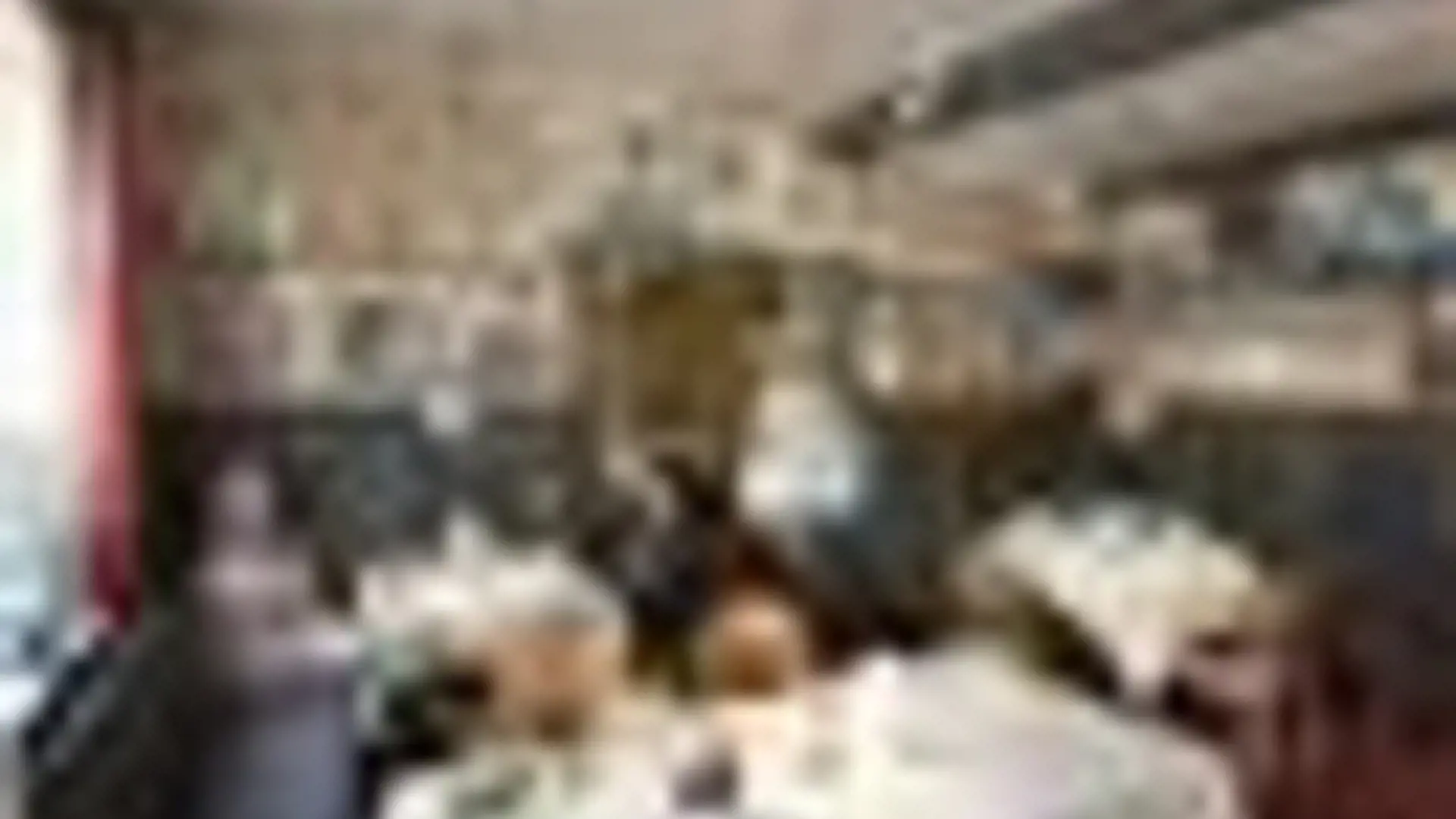
3 days/2 nights
Includes per person per stay:
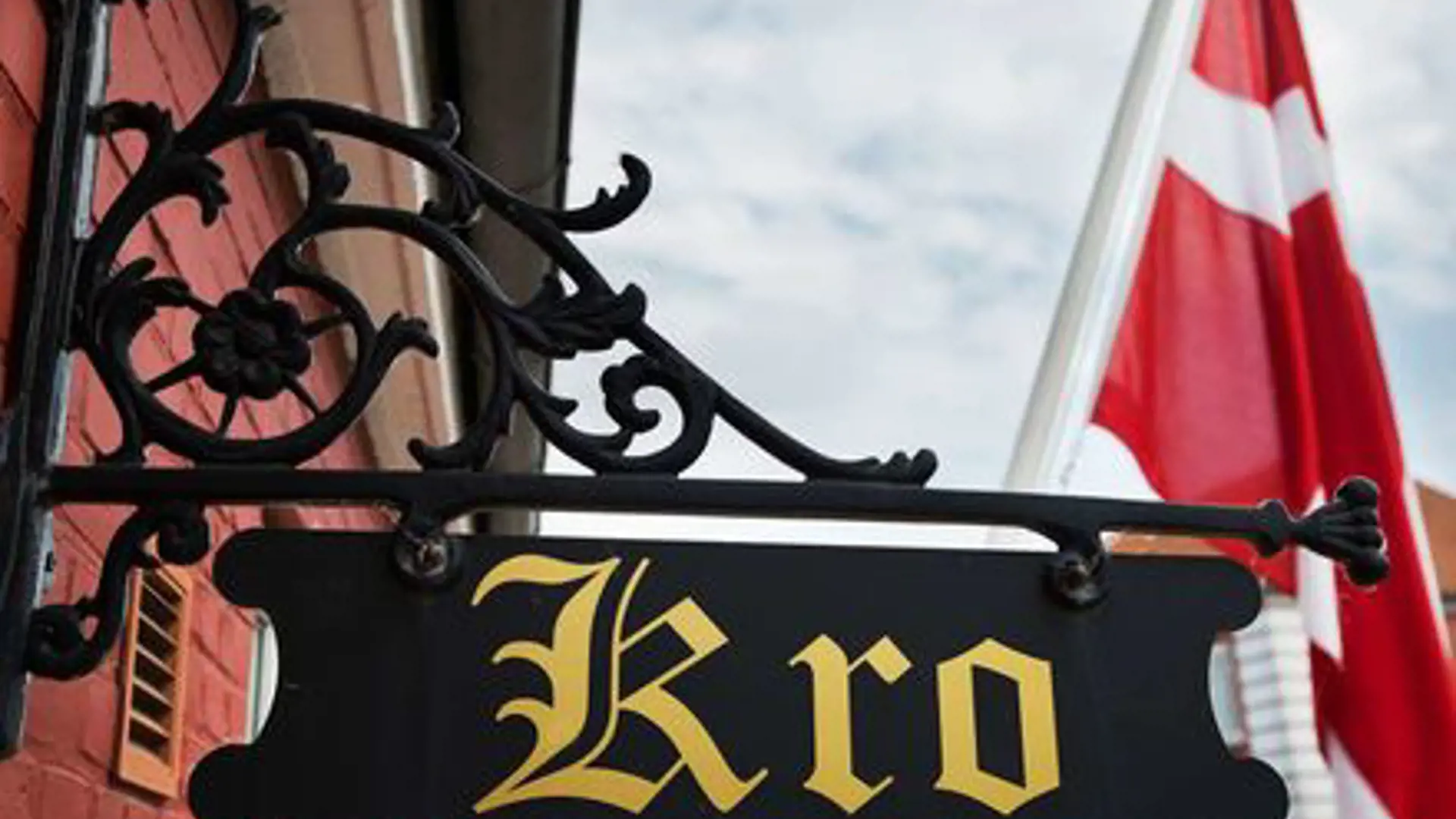
With music and dance
Includes per person per stay:
Saturday:
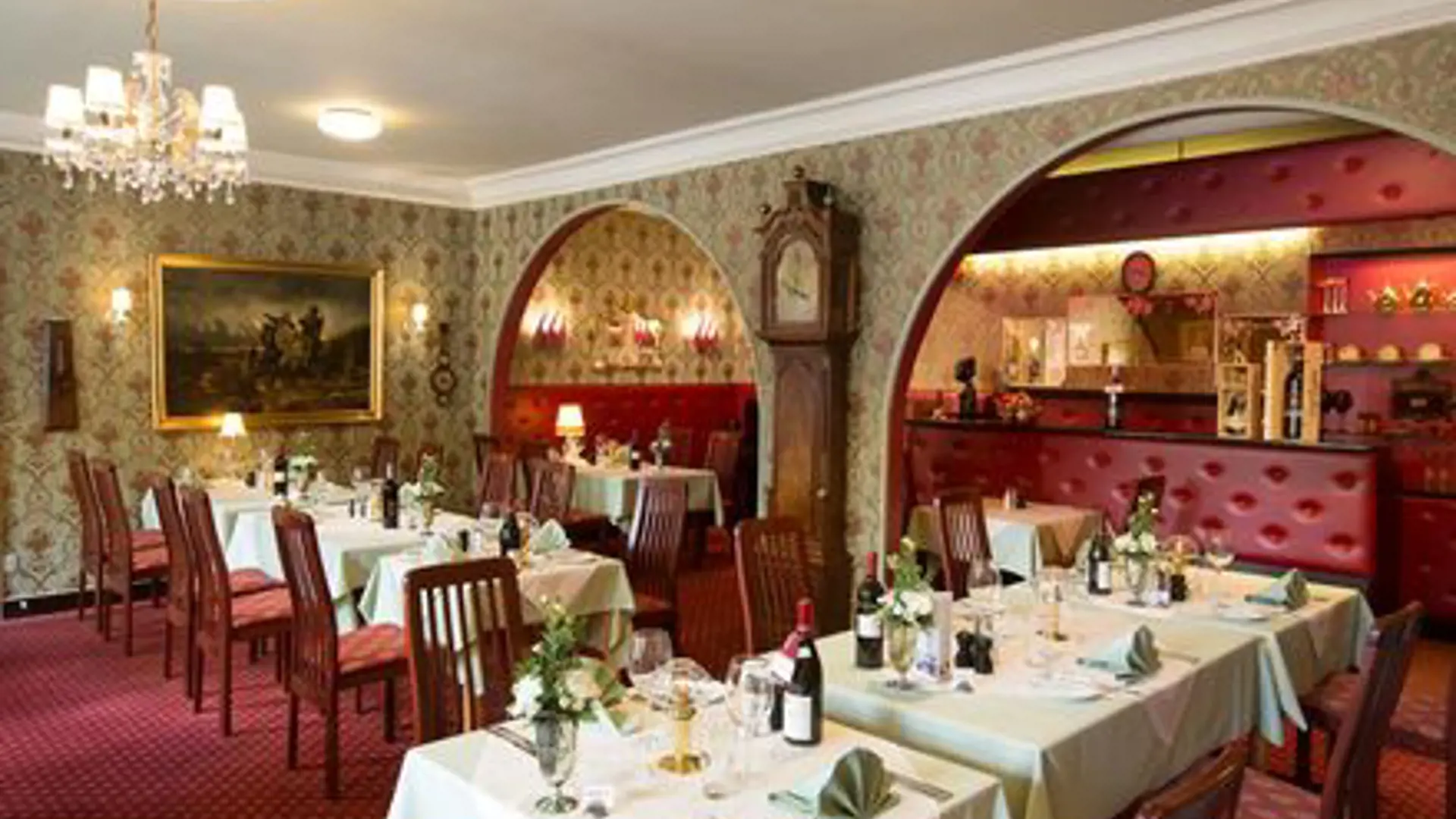
Min. 3 days/ 2 nights
Includes per person per night:
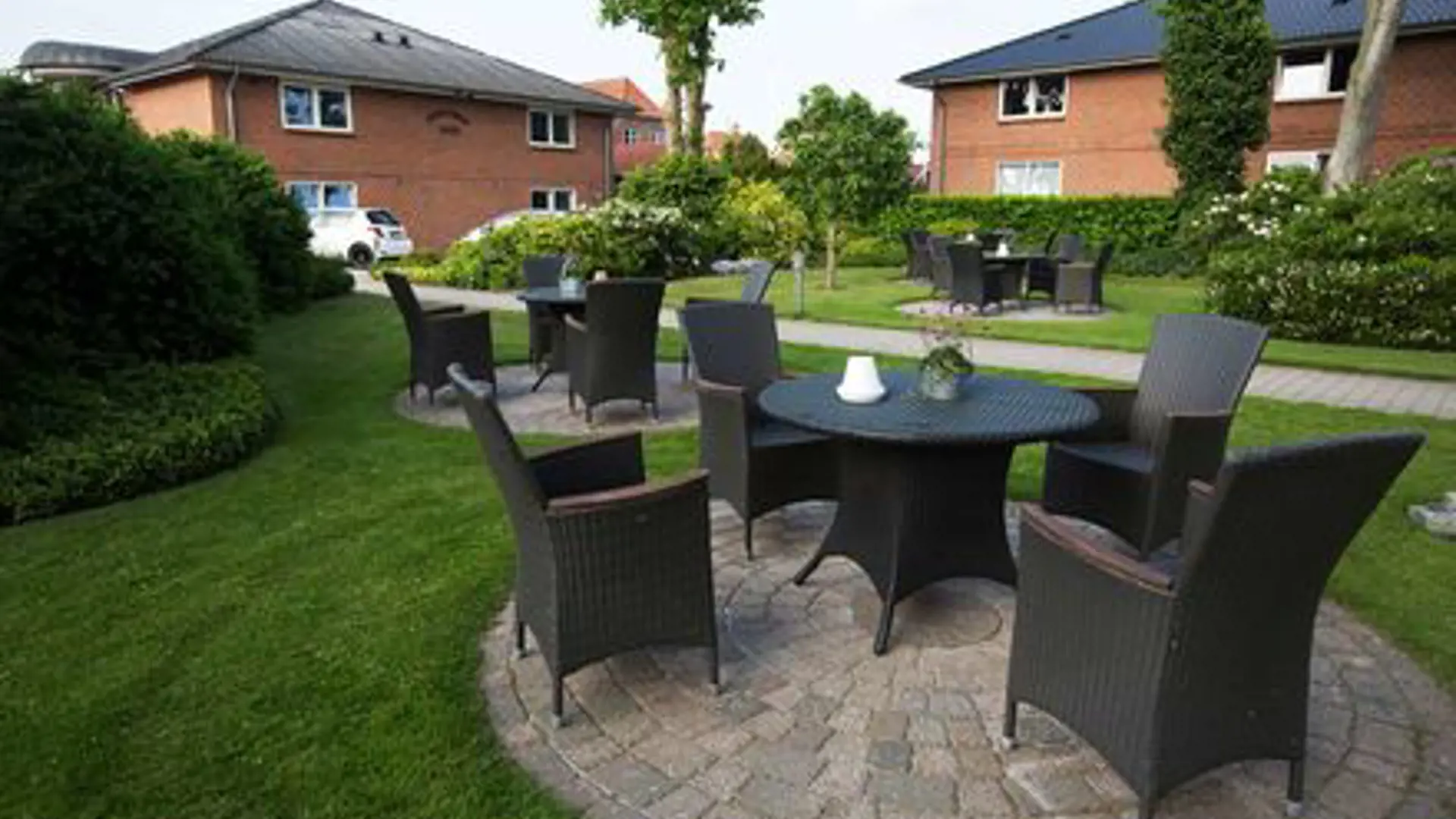
Includes per person per night:
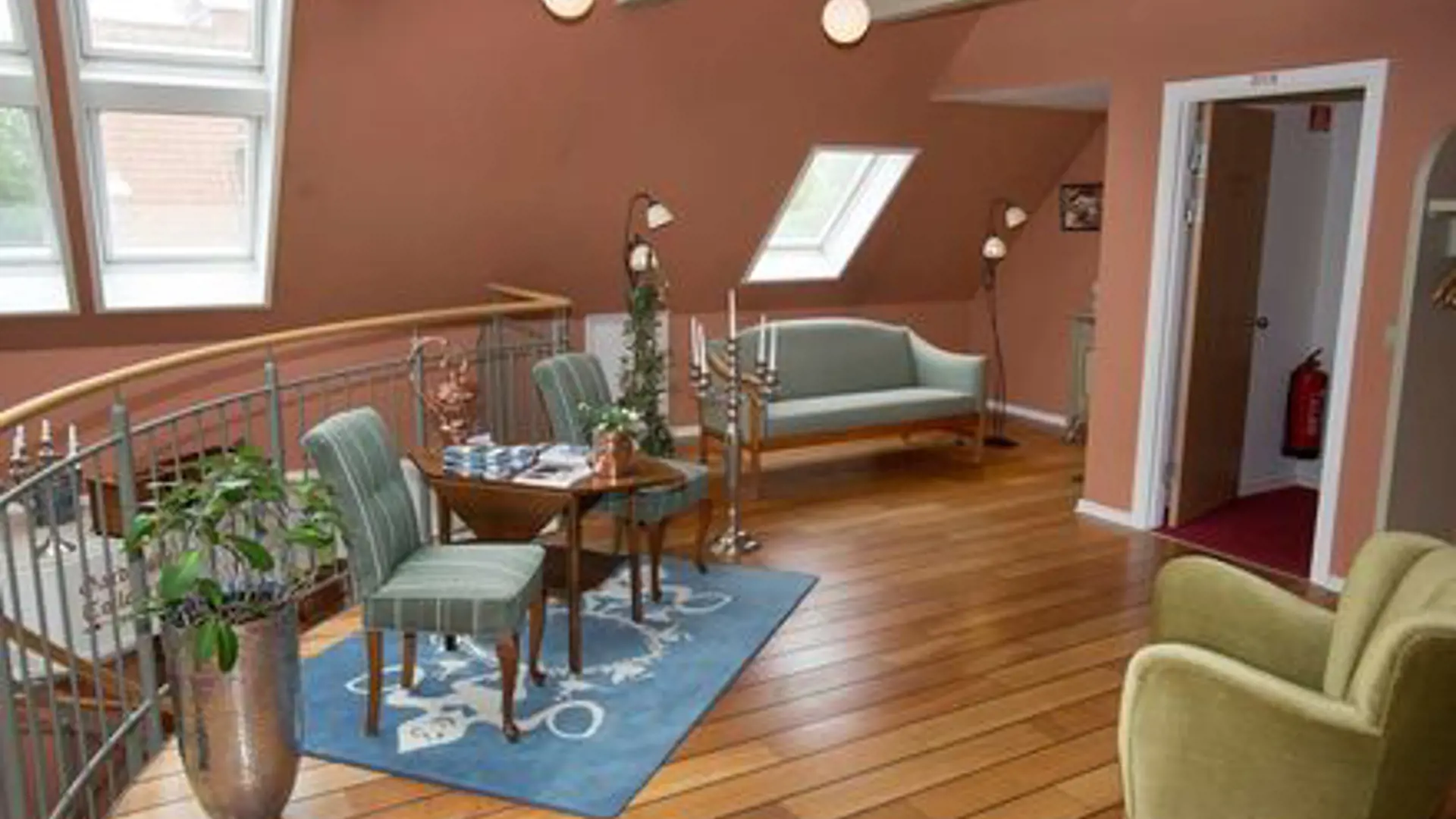
Includes per person per night:
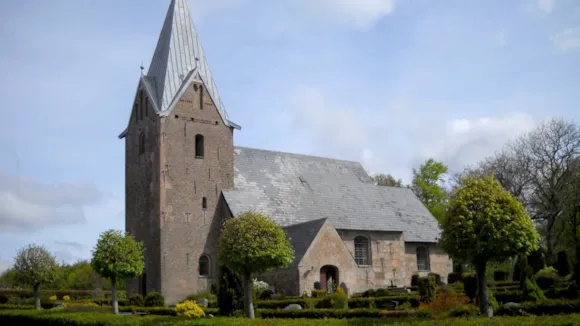
0.41 km
Around the year 1200, a huge church was completed in Agerskov. The walls of the church were set in stone blocks. The church had a nave, chancel and apse. The apse, - the semi-circular building that ends the chancel, - was decorated on the outside with handsome columns. The church had at least 3 entrances. One on the north side for the women, one on the south side for the men and one in the choir for the priests.
The Romanesque church room was very dark. In the nave there have been 2 small round-arched windows to the south and 2 to the north. In the choir one in each direction and finally one to the east in the apse. All the windows had stained glass.
Already around the year 1300, Agerskov church became too small. The chancel and apse will be demolished and the present choir of almost twice the size will be built.
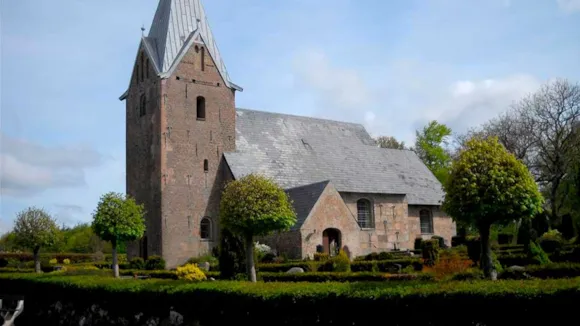
3.31 km
Church buildings
The church nave is from Roman times, o.1200. The church's original apse was demolished in Gothic times, o.1400, to make room for a longer choir, but no apse. The masonry consists everywhere of shiny granite stones. Of the original windows to the north, one is preserved in the chancel and two in the nave. The north door of the church is now walled in, while the south arched door is still in use.
The rather small tower was built in late Gothic times, o.1500. It is of the Tørninglen type with a high pyramid-shaped spire and low pointed gables on all four sides of the tower. The tower is built of brick, but at the bottom, granite stone from the demolished apse has also been used. The tower's door to the west is original, but has acquired its current external shape in 1952. The tower room is cross-vaulted and there is a round-arched arcade into the nave. In the tower hangs a bell from the late Gothic period, o.1500.
The porch was built in the Renaissance period o.1550.
The roofing works are original. The roofs are clad in slate, while the tower is leaded.
Author - Henrik J. Møller.
Literature - J.P. Trap Danmark, 5th edition, Haderslev county, volume X, 1, 1965, page 375.
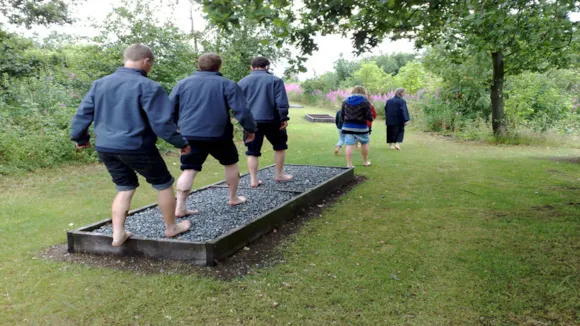
8.09 km
Klovtoft Barfod Park is Denmark's first and largest barefoot park.
Here is 2 hectares with paths that give your feet - and body - a different experience. The park is filled with different surfaces, and you become acquainted with Kneipp water therapy.
In many ways your feet, which is normally trapped in tight shoes during the day, will feel bether after a visit in the Park.
It is healthy - and it's great!
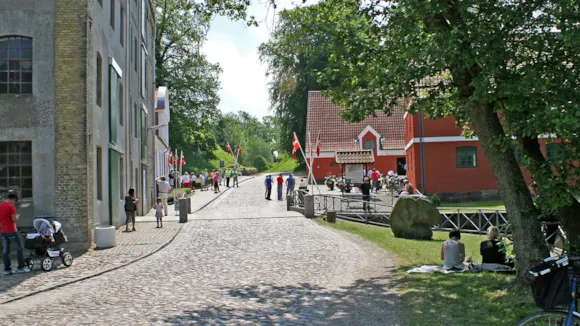
19.52 km
Tørning Mill is one of the biggest cultural treasures in Southern Jutland, with the castle bank, the site of the previous Tørning Castle, and the site from which kings and dukes from the middle ages reigned over the country. Here, you will find:
Tørning Mill is probably the result of milling in the area, dating all the way back to the middle ages, where Tørning fief was administered from the keep at Tørning Voldsted. The first certain informations about the exploitation of water power from the mill stem from 1494, when King Hans acquired Tørning Mill. For more than 500 years, the mighty powers of the water streaming through Tørning creek - now Stevning pond - to Tørning and further east towards the Little Belt has been exploited here.
In 1784, Hans Boysen, miller from Grøngrøft, bought Tørning Mill. His descendants - son, grandson and great grandson - carried on working at the mill. The latter died childless in 1945, and until 1960 other heirs kept the mill in operation.
The buildings became listed in 1980, and in 1982 Vojens Commune bought the district bailiffs house, and Danish Nature Agency bought the remaining buildings and the adjoining lands. The mill has burned on several occasions, lastly in 1907, and there is a vast difference between the 1807 mill and the mill we see today. Visit the mill, walk the many steps and get an impression of the mill and its function. In the district bailiffs house you will find a small exhibit about the history of the area and the struggles between the Danish kings and German dukes.
Bring a delicious picnic basket, and enjoy your lunch in the beautiful and calm nature by the lake.
The office is open all year from 8am to 4 pm on weekdays.

26.28 km
The Cathedral is first and foremost the church of the parish; the framework that winds itself around human life in celebration and joy, pain and mourning. Then, it is the entire city's church; anyone can come here whether they are a member of the parish or not. Finally, the Cathedral is also the church of the entire diocese; the centre of all major events in the diocese.
The Cathedral is not a museum. Like all other churches it is in living use. But is holds a fascinating and eventful history, as well as fine artwork and fixtures.
Queen Margrethe II designed 4 antependiums (altar cloths) as well as 4 matching chasubles. The chasubles can be seen up close in glass cases beneath the choir. They contain central Christian symbols, which shows how extensive the Queen's knowledge is and how anchored she is in the Christian faith.
Everyone is welcome to visit the Cathedral, either to have a quiet moment for thought or to see the many interesting things the Cathedral has to offer.
Tours can be arranged during opening hours. Contact the vergers at +45 73 52 36 45 best between 10am-3pm, or at email: domkirketjener@hado.dk. Photography is allowed in the church for private use, but is not allowed during church functions.
Memorial Chapel for the Schlesinger Regiment. Some Fridays the Schlesinger Music Corps (SMUK) marches to the Cathedral to turn a leaf in their memorial book over fallen soldiers from their regiment. It is a festive feature and should be experienced if you are close by.
Concerts: During the summer there are organ-concerts every Friday afternoon as well as frequent evening concerts.
The Cathedral is closed for visitors during church functions in the opening hours.
The Cathedral is also closed for visitors around the holidays (Maundy Thursday, Good Friday, Easter Sunday, Great Prayer Day, Christ's Ascension, Pentecost, Whit Monday, First day of Christmas and Second day of Christmas).
Until June 2020 there is limited access for the walking impaired, as you need to climb a few steps to enter the church, and a ramp is not yet available.
Haderslev Cathedral is also the starting point for the Camino Haderslev Næs trail that winds through Haderslev and its surrounding areas in 9 stages.
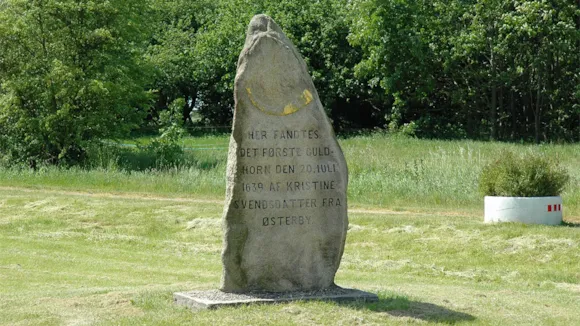
27.79 km
The famous Golden Horns were found at Gallehus, the first by a lace maker, Kjerstine Svendsdatter, in 1639, and the second in 1734 by Erik Lassen, a small farmer.
The sites are marked by memorial stones. The horns likely dated from about 400 AD and were probably used as part of some sort of religious ceremony.
They were sent to the Royal Treasury in Copenhagen for safekeeping but were stolen in 1802 and melted down.
Copies can be seen in Tønder Museum.
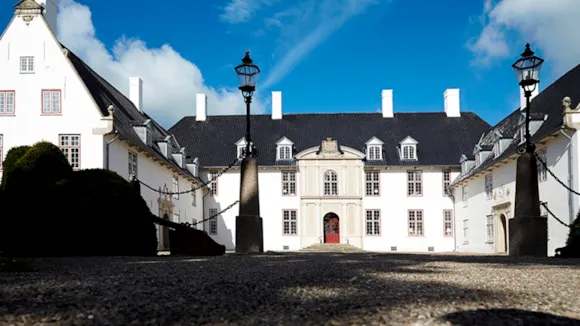
29.26 km
All year around there will be outstanding events waiting for you at Schackenborg castle. Explore the century-long history, attend a guided tour in the beautiful garden of the castle or just come by and visit the old stable, which is being rebuilt into a visitor center. The program of Schackenborg offers something for everybody, classical music, talks, debates and more.
The south wing of the castle is the private residence of Prince Joachim, Princess Marie and their children. The royal flag will be waving, when there is a royal visit.
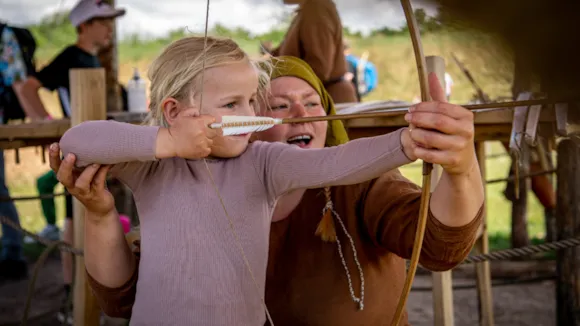
30.53 km
Take a journey 1300 years back in time to when the Vikings ruled Ripa (Ribe). In Ribe VikingeCenter history is alive and you are part of it!
Ribe VikingeCenter is a heritage centre presenting authentic reconstructions of the earliest Ripa. Come face to face with the blacksmith, the King's minter, the völva, the lady of the house, the thrall (slave), the warrior, the falconer, the carpenter, the farmer and all the animals on his estate.
Visit the craftspeople and the völva in the Marketplace 710 AD and take a stroll down to Ripa Harbour 750 AD where the merchants' boats are moored. In Ripa Town 825 AD you are welcome to step inside the Vikings' houses like for instance the beautiful Thing-hall. The Ansgar Church 860 AD stands on the opposite river bank. Make sure you get to see this lovely decorated wooden church. The Manor Farm 980 AD provides an excellent insight into Viking Age agriculture, whereas you will find the warriors and archers within the Ring Wall 980 AD.
Ribe VikingeCenter offers drama and activities every single day. For instance, you can join in archery and warrior training and learn the Viking games. Let your imagination run free and play along.
International Viking Market and Viking warriors
Check out all activities and events on www.ribevikingecenter.dk
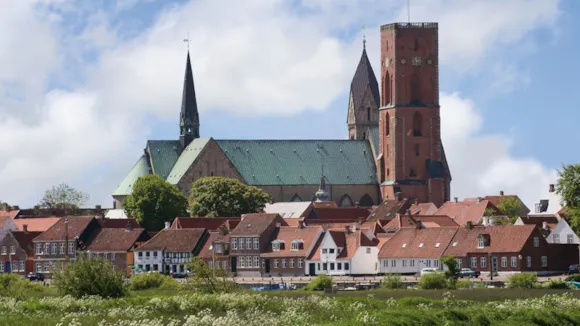
32.18 km
Ribe Cathedral is visible for miles across the flat landscape, and it is amazing to think that travellers have been met by this sight since the middle of the 13th century when it was completed. Ribe Cathedral is the oldest cathedral in Denmark.
Vor Frue Kirke (The Church of Our Lady), as the cathedral is actually called, became the only five-aisled cathedral in Denmark following numerous alterations and additions. The present-day building is characterised by a wealth of different styles and interesting details. There are sepulchral monuments to some of the most powerful men of the town and the nation as a whole, as well as the oldest sepulchral monument in Scandinavia, erected by King Valdemar the Conqueror to a son who died in 1231.
Borgertårnet (The Commoners’ Tower), which dates from the 14th century, functions as the town’s watchtower and storm tower and provides amazing views of the marshes. The 52-metre-high tower is entered through the cathedral (please note that children under the age of 14 must be accompanied by an adult). At the foot of the Maria Tower, which houses the cathedral bells, stands a statue of Hans Tausen (1494-1561) - monk, Lutheran and protagonist of the Danish Reformation, appointed Bishop of Ribe in 1542. Next to Tausen stands a statue of the hymn writer Hans Adolf Brorson (1694-1764) - Pietist, rural dean in Ribe 1737, appointed Bishop of Ribe in 1741. On the south side of the cathedral stands the sculpture of Ansgar, made by the artist Hein Heinsen in December 2015.
The cathedral’s carillon bells play the tune to Brorson’s hymn “Den yndigste rose er funden” (Now found is the fairest of roses) at 08.00 and 18.00, and the popular folk song about Queen Dagmar at 12.00 and 15.00.
Bishop of Ribe
It was around 860 that Ansgar, known as the Apostle of the North, was given permission to build a church in Ribe and to let a Christian priest reside there. It is only from the year 948 onwards, however, that can we say for certain that Ribe has had a bishop and therefore a cathedral.
Michelin Travel Guide
Ribe Cathedral has been awarded top marks by the French Michelin Travel Guide for sights and attractions. The cathedral was awarded two stars. Read more
Carl Henning Pedersen
The chancel features a series of colourful paintings and mosaics by Carl Henning Pedersen (added between 1982 and 1987).
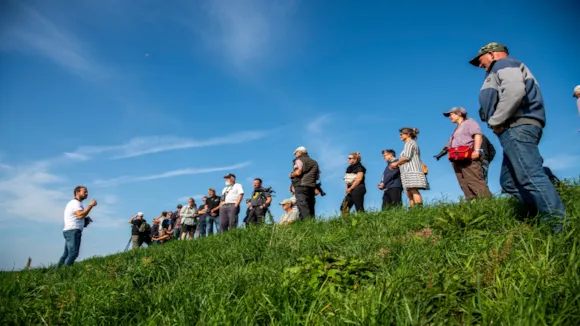
32.24 km
Tønder, capital of the marshland, is situated on the southern point of a low bar 1,5-2 meters above sea level, and is from three sides encircled by polders.
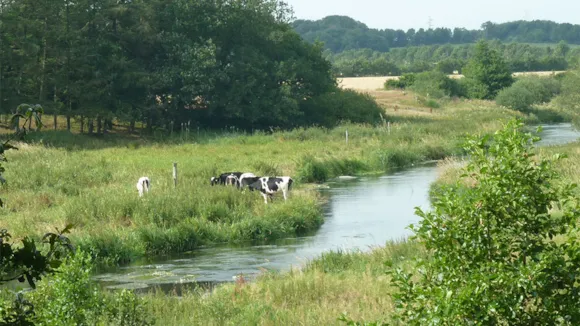
33.98 km
Until 1850, the river marked the toll border between the Kingdom of Denmark and the Duchy of Schleswig, which was under Danish rule. Here toll had to be paid by cattle drovers heading south. At the Battle of Dybbøl in 1864 (The Second Schleswig War), Denmark lost the Duchy of Schleswig to the Prussian Empire, which later became Germany. Following the war, the river marked the border between the two countries. The northern part of the Duchy of Schleswig, which we today know as Southern Jutland, was reunified with Denmark after a popular vote in 1920.
The headsprings of Kongeåen
The river of Kongeåen has its natural source in many small headsprings scattered over a large area between Vejen and Vamdrup. In Gamst Søenge you can actually see one of the numerous headsprings. The approximately 60-km river flows west to the estuary of Gredstedbro by the Wadden Sea following is original course, which has never been changed by man. Kongeåen and the river valley of Kongeådalen are protected areas of natural beauty.
The name Kongeåen
The name of Kongeåen (The King’s River) was first used around 1700. Previously, it was called Skodborg Å, or using old spelling Skotborg Å. In olden days, the word "skot" meant "tax/toll" so there is no doubt that revenue collected by the river were a considerable source of income for a very long period of history.
In the old sagas the short form of the name is used: “Åen” (The river). This indicates that the river was quite well known in early historic times. We find reference to this today in the expression: “Sønden for Åen” (South of the river).
Distance
Hiking route The Ancient Road Hærvejen 0 km
Cycling route The Ancient Road Hærvejen 0 km
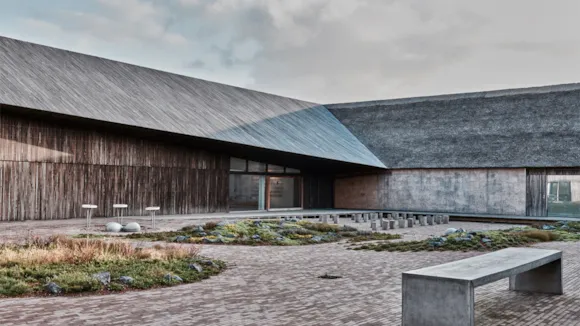
34.63 km
The Wadden Sea - National Park and UNESCO World Heritage Site.
The Wadden Sea Centre is located right by the Wadden Sea, which is Denmark's largest, flattest and wettest National Park.
It is a unique natural area in Denmark, which was named a National Park in 2010.
But the Wadden Sea is not only unique in Denmark - it has World Heritage status. Altogether, the waders stretch 500 km along the Danish, German and Dutch coast. The dynamic landscape, the biological richness and the many migratory birds make the area something completely unique.
The Wadden Sea Centre's 1,000 m2 exhibition is a journey through the landscape of the Wadden Sea seen through the area's millions of migratory birds. You get close to the world of birds, which is usually far away. You enter the great flocks of birds, feel them and travel on with them. The Wadden Sea Centre's exhibition "The Wadden Sea - 15 million migratory birds on the journey" is an aesthetic, adventurous and incredible exhibition about the Wadden Sea and the world of migratory birds.
These are experiences with knowledge and therefore the visitor center for UNESCO World Heritage is a good place to start when visiting the Wadden Sea and the National Park. See more at vadehavscentret.dk
The center is a great place for a family experience, for the school class on a trip or companies that want to meet in a different setting.
The visit can be combined with a trip to the Wadden Sea either through our large tour program or by ordering your own tour.
vadehavscentret.dk/en/tours-and-activities/tour-calendar
Dogs are allowed, but not in the café